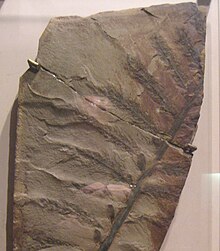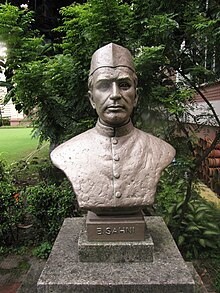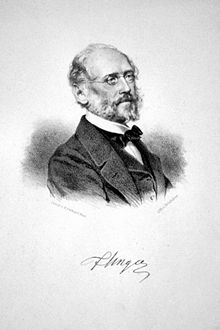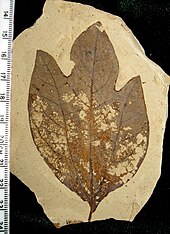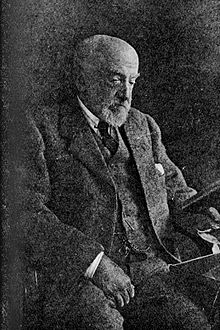User:Abyssal/Portal:Paleobotany
Introduction

Paleobotany, also spelled as palaeobotany, is the branch of botany dealing with the recovery and identification of plant remains from geological contexts, and their use for the biological reconstruction of past environments (paleogeography), and the evolutionary history of plants, with a bearing upon the evolution of life in general. A synonym is paleophytology. It is a component of paleontology and paleobiology. The prefix palaeo- or paleo- means "ancient, old", and is derived from the Greek adjective παλαιός, palaios. Paleobotany includes the study of terrestrial plant fossils, as well as the study of prehistoric marine photoautotrophs, such as photosynthetic algae, seaweeds or kelp. A closely related field is palynology, which is the study of fossilized and extant spores and pollen.
Paleobotany is important in the reconstruction of ancient ecological systems and climate, known as paleoecology and paleoclimatology respectively. It is fundamental to the study of green plant development and evolution. Paleobotany is a historical science much like its adjacent, paleontology. Because of the understanding that paleobotany gives to archeologists, it has become important to the field of archaeology as a whole. primarily for the use of phytoliths in relative dating and in paleoethnobotany. (Full article...)
Selected fossil groups
Selected biographies
Need help?
Do you have a question about Paleobotany that you can't find the answer to?
Consider asking it at the Wikipedia reference desk.
Associated Wikimedia
The following Wikimedia Foundation sister projects provide more on this subject:
-
Commons
Free media repository -
Wikibooks
Free textbooks and manuals -
Wikidata
Free knowledge base -
Wikinews
Free-content news -
Wikiquote
Collection of quotations -
Wikisource
Free-content library -
Wikiversity
Free learning tools -
Wiktionary
Dictionary and thesaurus
* Category:Portals with titles not starting with a proper noun Category:Portals with multiple excerpt slideshows




